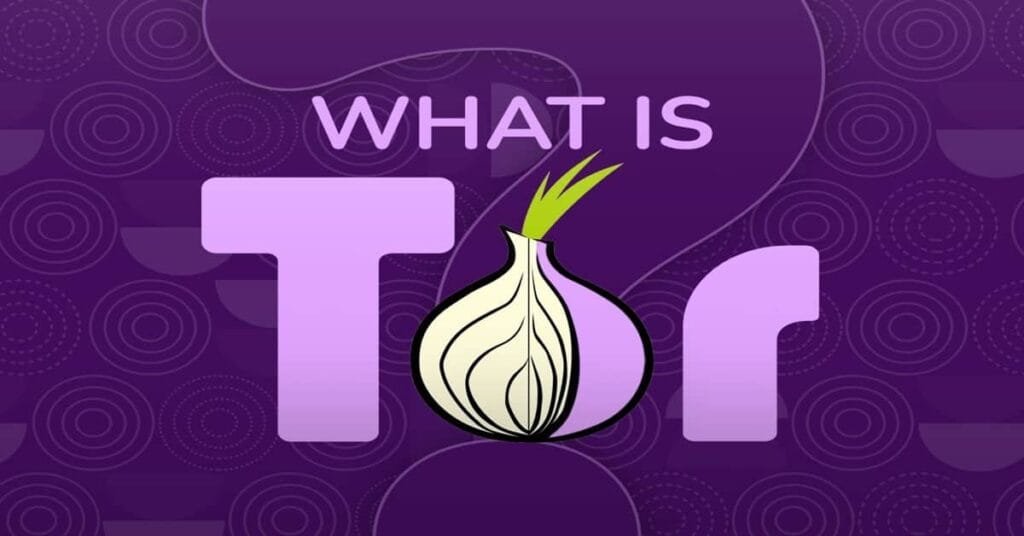From A to Z: A Comprehensive Guide to Microsoft Word Shortcut Keys
Microsoft Word, a ubiquitous tool for writing and editing, can be a productivity powerhouse if you know how to wield its features effectively. While clicking through menus and ribbons is a familiar approach, mastering keyboard shortcuts can significantly boost your workflow and save you valuable time. This comprehensive guide provides an A-to-Z listing of essential and helpful Microsoft Word shortcut keys, covering a wide range of functionalities, from basic text formatting to advanced document manipulation. So, ditch the mouse and get ready to level up your Word game!
Why Use Shortcut Keys?
Before diving into the list, let’s briefly touch upon the benefits of using shortcut keys:
- Increased Efficiency: Keyboard shortcuts eliminate the need to reach for the mouse, reducing the time spent navigating menus and performing repetitive tasks.
- Improved Focus: Staying on the keyboard allows you to maintain focus on your writing and editing, minimizing distractions.
- Ergonomics: Reducing mouse usage can help prevent repetitive strain injuries associated with prolonged computer use.
- Professionalism: Mastering shortcuts projects an image of competence and efficiency.
Now, let’s explore the shortcut keys, categorized alphabetically:
A – Align Left:
- Ctrl + L: Aligns the selected text or paragraph to the left margin. This is a fundamental formatting option for creating clean and readable documents.
B – Bold:
- Ctrl + B: Applies or removes bold formatting to the selected text. Use it to emphasize key words, headings, or important phrases.
C – Copy:
- Ctrl + C: Copies the selected text or object to the clipboard, allowing you to paste it elsewhere in the document or in another application.
D – Font:
- Ctrl + D: Opens the Font dialog box, providing access to all font-related settings, including font family, size, style, color, and effects.
E – Align Center:
- Ctrl + E: Centers the selected text or paragraph horizontally within the margins. Ideal for titles, headings, or creating a specific aesthetic.
F – Find:
- Ctrl + F: Opens the Find and Replace pane, allowing you to search for specific words or phrases within the document. This is invaluable for locating and editing instances of particular text.
G – Go To:
- Ctrl + G: Opens the Go To dialog box, enabling you to quickly navigate to a specific page, section, line, bookmark, comment, footnote, endnote, field, table, graphic, equation, object, or heading.
H – Replace:
- Ctrl + H: Opens the Find and Replace dialog box with the Replace tab selected. Use this to find specific text and replace it with alternative text.
I – Italic:
- Ctrl + I: Applies or removes italic formatting to the selected text. Use it to emphasize words, cite titles, or indicate foreign words.
J – Justify:
- Ctrl + J: Justifies the selected text or paragraph, aligning it to both the left and right margins. This creates a clean, even appearance, often used in formal documents.
K – Insert Hyperlink:
- Ctrl + K: Opens the Insert Hyperlink dialog box, allowing you to link text or objects to web pages, email addresses, locations within the document, or other documents.
L – (Covered by Ctrl + L for Align Left)
M – Indent Paragraph:
- Ctrl + M: Indents the selected paragraph from the left margin by one tab stop. This is useful for creating visual separation and emphasizing specific paragraphs.
N – New Document:
- Ctrl + N: Creates a new, blank Word document.
O – Open:
- Ctrl + O: Opens an existing Word document.
P – Print:
- Ctrl + P: Opens the Print dialog box, allowing you to configure print settings and print your document.
Q – Remove Paragraph Formatting:
- Ctrl + Q: Removes paragraph formatting from the selected paragraph, reverting it to the default style.
R – Align Right:
- Ctrl + R: Aligns the selected text or paragraph to the right margin. Useful for adding a polished, formal look.
S – Save:
- Ctrl + S: Saves the current document. Make it a habit to use this frequently to avoid losing your work.
T – Create Hanging Indent:
- Ctrl + T: Creates a hanging indent, where the first line of the paragraph remains at the left margin, and subsequent lines are indented.
U – Underline:
- Ctrl + U: Applies or removes underline formatting to the selected text.
V – Paste:
- Ctrl + V: Pastes the contents of the clipboard at the current cursor position.
W – Close Window:
- Ctrl + W: Closes the active Word window.
X – Cut:
- Ctrl + X: Cuts the selected text or object, removing it from the document and placing it on the clipboard.
Y – Redo:
- Ctrl + Y: Redoes the last undone action. Equivalent to clicking the Redo button on the Quick Access Toolbar.
Z – Undo:
- Ctrl + Z: Undoes the last action. Equivalent to clicking the Undo button on the Quick Access Toolbar.
Beyond the Alphabet: Additional Useful Shortcut Keys
While the A-to-Z list covers many fundamental shortcuts, several other combinations deserve mention:
- Ctrl + Shift + >: Increase font size.
- Ctrl + Shift + <: Decrease font size.
- Ctrl + Shift + A: Change selected text to all capitals.
- Ctrl + Shift + L: Applies the List Bullet style to a paragraph.
- Ctrl + Shift + : Show/hide nonprinting characters (paragraph marks, spaces, tabs).
- Ctrl + Shift + S: Opens the Apply Styles pane.
- Ctrl + Shift + T: Removes a hanging indent.
- Ctrl + Shift + C: Copy formatting from selected text.
- Ctrl + Shift + V: Paste formatting to selected text.
- Ctrl + Shift + N: Apply Normal style.
- Ctrl + Shift + P: Change the font.
- Ctrl + Shift + F: Change the font. (Same as Ctrl+D)
- Ctrl + =: Subscript.
- Ctrl + Shift + +: Superscript.
- Ctrl + Alt + 1: Apply Heading 1 style.
- Ctrl + Alt + 2: Apply Heading 2 style.
- Ctrl + Alt + 3: Apply Heading 3 style.
- Ctrl + Backspace: Delete one word to the left.
- Ctrl + Delete: Delete one word to the right.
- Ctrl + Home: Move the cursor to the beginning of the document.
- Ctrl + End: Move the cursor to the end of the document.
- Ctrl + Left Arrow: Move the cursor one word to the left.
- Ctrl + Right Arrow: Move the cursor one word to the right.
- Ctrl + Up Arrow: Move the cursor to the beginning of the paragraph.
- Ctrl + Down Arrow: Move the cursor to the end of the paragraph.
- Ctrl + 1: Single-space lines.
- Ctrl + 2: Double-space lines.
- Ctrl + 5: Set line spacing to 1.5.
- Shift + F3: Change the case of selected text (uppercase, lowercase, title case).
- F1: Open Word Help.
- F4: Repeat the last action.
- F7: Run Spelling and Grammar check.
- F12: Save As.
- Shift + F12: Save. (Same as Ctrl+S)
Tips for Learning and Remembering Shortcut Keys:
- Start Small: Don’t try to learn all the shortcuts at once. Begin with the ones you use most frequently.
- Practice Regularly: The more you use shortcut keys, the more natural they will become.
- Create a Cheat Sheet: Print out this list or create your own personalized cheat sheet to keep at your desk.
- Use Flashcards: Flashcards can be an effective way to memorize shortcut key combinations.
- Focus on Muscle Memory: Aim to develop muscle memory by practicing the shortcuts until they become automatic.
- Contextual Learning: Learn shortcuts based on the tasks you’re currently performing. For example, when formatting a document, focus on learning the formatting-related shortcuts.
- Customize Shortcuts (Advanced): Word allows you to customize shortcut keys. Explore the options in
File > Options > Customize Ribbon > Customize.
Conclusion:
Mastering Microsoft Word shortcut keys is an investment that pays dividends in terms of efficiency and productivity. By incorporating these shortcuts into your workflow, you can streamline your writing and editing process, allowing you to focus on the content of your documents rather than the mechanics of the software. So, take the time to learn and practice these shortcuts, and watch your Word skills soar! Good luck and happy writing!


